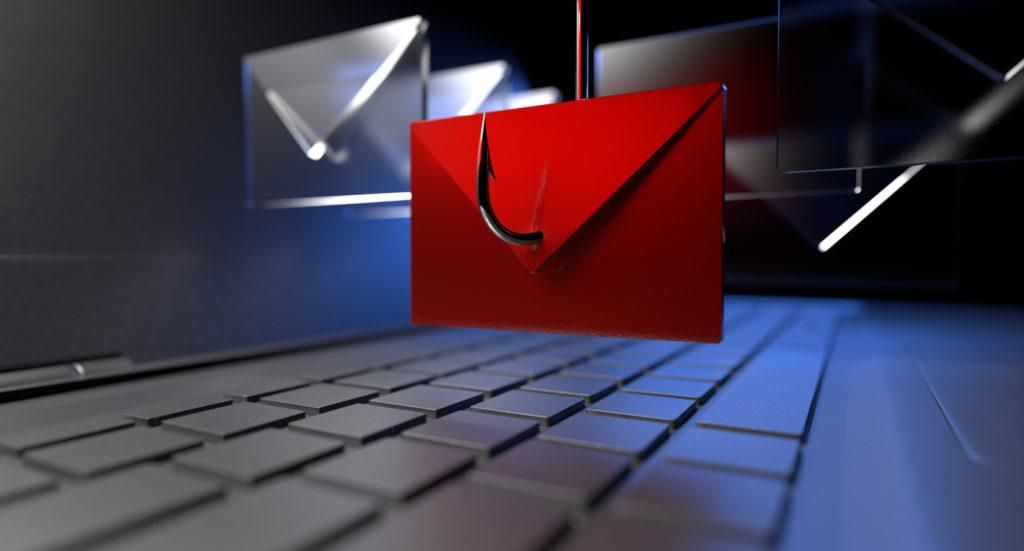Cybercriminals are profiting off of remote workers by breaching insecure Wi-Fi networks and personal devices used for work to gain access to a business's sensitive data.
A recent survey on remote work projects that the future of working from home is substantial. 40.7 million American professionals, nearly 28% of the survey's respondents, expect to be fully remote in the next five years, up from 22.9% in the last poll conducted in November 2020.
This rapid increase in remote work has resulted in more sophisticated cyber threats for many organizations.
Why is remote work part of the problem?
You may struggle with device management if you work for a company in a hybrid or remote capacity. The biggest cybersecurity threat to an organization and its remote employees centers around the use of personal and company-owned devices for work. Not only might you use your own device for both personal activities and work, but you may also be using your employer-issued device for personal use, such as checking personal email, shopping online, or scrolling through social media.
Meshing personal and work devices presents a challenge for organizations trying to prevent phishing attacks, as it expands the threat surface and adds insecure devices into the mix.
For example, a cybercriminal that has attacked you on a personal device could gain access to your organization if the employee checks their work email on that device. Alternatively, you may click a malicious link while scrolling Instagram on your work computer.
Handling outside Wi-Fi networks poses another challenge for security teams in companies with remote workers. For example, you may be vulnerable to a phishing attack if you work from home but haven't employed password protection or changed your default Wi-Fi password.
Preventing phishing attacks
There are a few methods for protecting yourself against a phishing attack that you may want to explore.
<h3>Key awareness points to avoid phishing attacks
- Use a spam filter that can effectively assess the message's origin and the software used to send the message. The filter will deem the message spam, so you don't have to risk a click!
- You can be proactive by changing your browser settings to prevent accidentally clicking on a fraudulent website.
- Change your password as frequently as every three months, and don't use the same password on multiple accounts.
- Set up your Multi-Factor Authentication (MFA) settings. MFA adds an extra layer of protection on top of passwords for both an organization and an employee. So, a password would not be enough for a breach, even if you fall victim to a phishing scam.
Promote high-quality security awareness training
Most companies are trying to educate employees about security threats, and many organizations claim to have a security awareness training program for staff. However, beyond that, your company should foster a security-focused environment and culture so that employees are always aware of cybersecurity's importance.
As long as awareness is at play, remote work can and has proven effective in workforce productivity. Historically, technological progress and workforce habits have changed how we live as a society.
Organizations are increasingly able to collaborate remotely with greater ease. So, management best practices can only improve as we understand effective cybersecurity techniques.



























